Enterprises are building their infrastructure with 5G and IoT
By MYBRANDBOOK
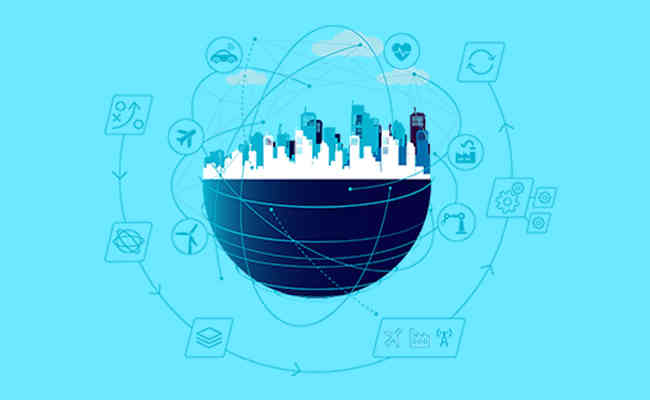
5G is increasing our dependence on our digital infrastructures, increasing the negative impacts on society when this infrastructure malfunctions or is the victim of a cyberattack. As we embrace 5G, we must also carefully consider the resilience and security of the systems that will utilise this game-changing technology. There is no denying that the next-gen wireless has the potential to provide competitive advantage, unlock the power of other emerging technologies, and transform their organization and industry in the next three years. With the potential for high-bandwidth, low-latency wireless data transmission, 5G is set to play a key role in connecting edge devices to the cloud.
The next-gen wireless future rapidly becomes a reality, carriers and enterprises alike should decide how to participate in the evolving ecosystem. At the same time, IoT will help to enable an environment with the flexibility to provide services of all sorts, ranging from home automation to smart retail/logistics, and from smart environmental monitoring to smart city services. In a very short time, the IoT will have sensing, analytics and visualization tools, which can be accessed by anyone, anytime and anywhere in the world on a personal, community or a national level. The IoT will increasingly rely on cloud computing, and smart devices with sensors built in, along with thousands (if not millions) of applications to support them.
Successful AI implementations include robust data and analytics infrastructure. CIOs must ensure business problems have enough supporting data for predictions, which contain patterns that executives expect to see in the future. For example, if the organization is making a prediction that could vary quarterly, data should span multiple years to be able to represent quarterly changes. AI is designed not only to support human decision-making; algorithms can also act autonomously. These AI algorithms, therefore, need to be trusted to act on behalf of all participant parties in each digital interaction. It also promises to accelerate future revenue generation through innovative services facilitated via 5G-enabled devices, including smartphones, tablets, laptops and IoT.
More than 500 billion IoT devices, from sensors, to actuators, to devices, will be connected to the internet by 2030, according to research from Cisco. The data collected, aggregated, and analyzed by IoT devices will deliver insights across a wide variety of platforms and services, from health care to artificial intelligence innovations. 5G networks will be needed to meet the requirements of these data-intensive IoT devices and related cloud services. Industry digitalization is already happening, opening up new opportunities for service providers. With 5G, industries all over the world can innovate and rise to their full potential. It leads to a broad array of use cases and success stories where service providers have enabled smart business.


Legal Battle Over IT Act Intensifies Amid Musk’s India Plans
The outcome of the legal dispute between X Corp and the Indian government c...

Wipro inks 10-year deal with Phoenix Group's ReAssure UK worth
The agreement, executed through Wipro and its 100% subsidiary,...

Centre announces that DPDP Rules nearing Finalisation by April
The government seeks to refine the rules for robust data protection, ensuri...

Home Ministry cracks down on PoS agents in digital arrest scam
Digital arrest scams are a growing cybercrime where victims are coerced or ...


Icons Of India : AMIT CHADHA
Amit Chadha serves as the CEO and Managing Director of L&T Technology ...
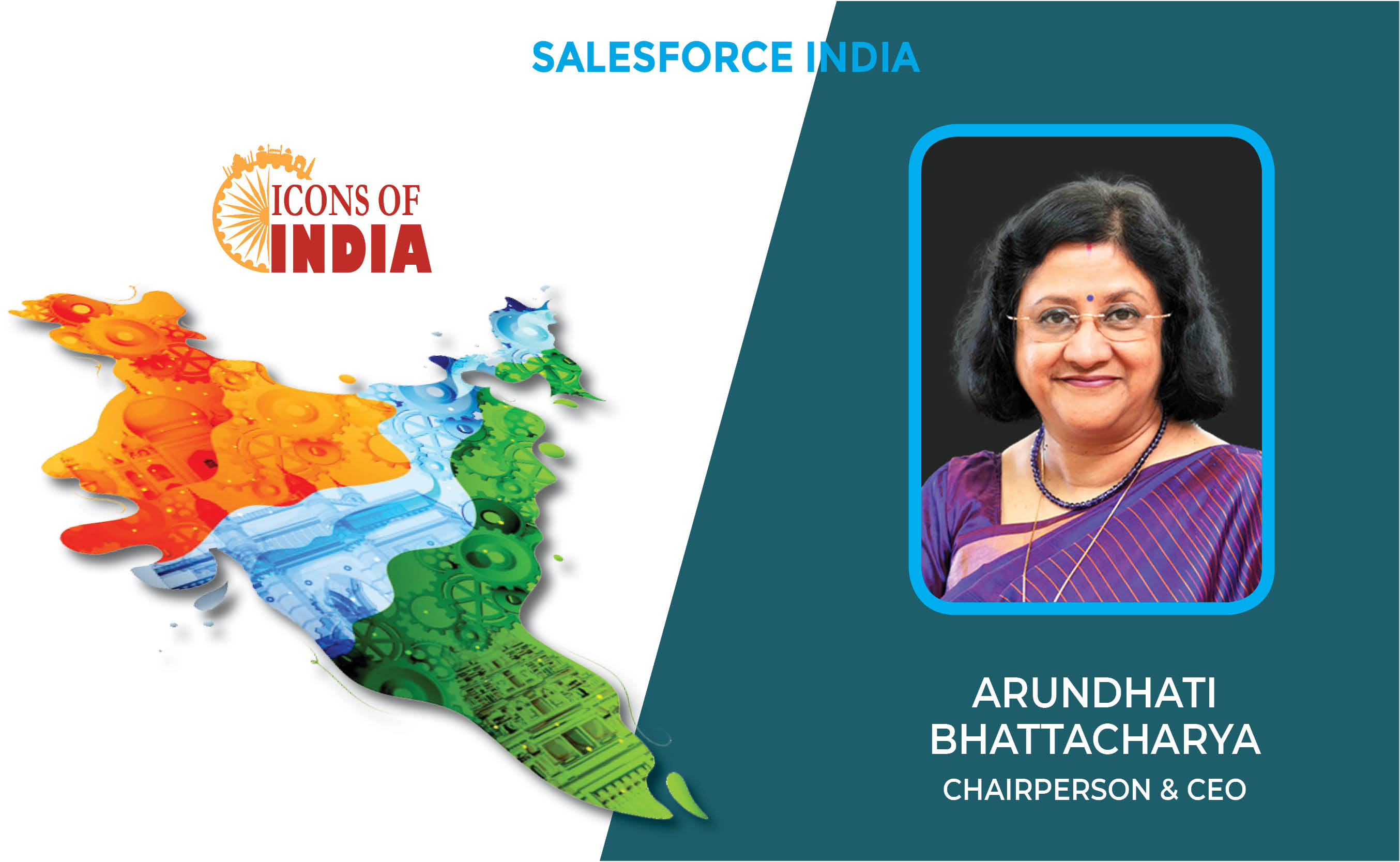
Icons Of India : Arundhati Bhattacharya
Arundhati Bhattacharya serves as the Chairperson and CEO of Salesforce...
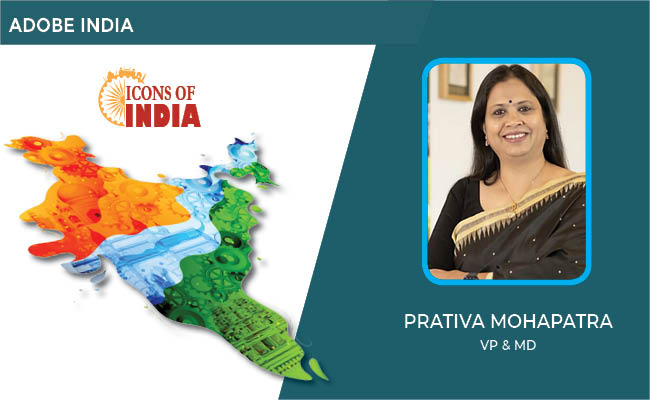
Icons Of India : PRATIVA MOHAPATRA
Prativa is a transformational leader with an incredible breadth of exp...


HPCL - Hindustan Petroleum Corporation Ltd.
HPCL is an integrated oil and gas company involved in refining, market...
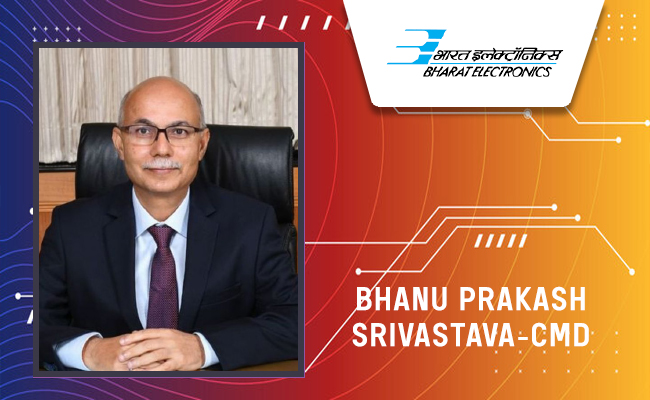
BEL - Bharat Electronics Limited
BEL is an Indian Government-owned aerospace and defence electronics co...

C-DAC - Centre for Development of Advanced Computing
C-DAC is uniquely positioned in the field of advanced computing...

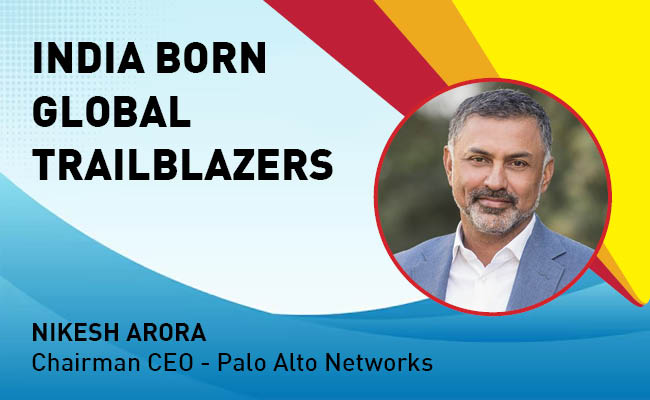
Indian Tech Talent Excelling The Tech World - NIKESH ARORA, Chairman CEO - Palo Alto Networks
Nikesh Arora, the Chairman and CEO of Palo Alto Networks, is steering ...
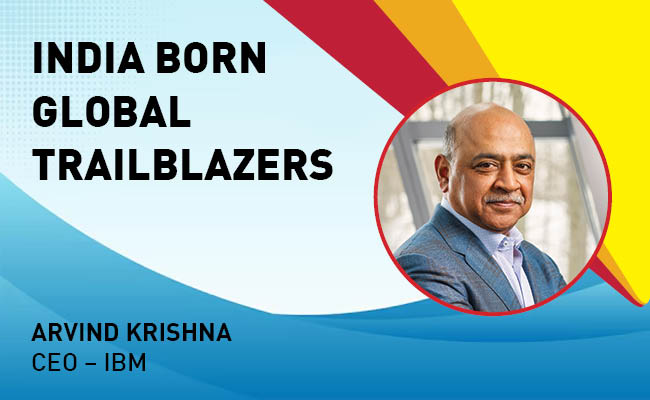
Indian Tech Talent Excelling The Tech World - ARVIND KRISHNA, CEO – IBM
Arvind Krishna, an Indian-American business executive, serves as the C...
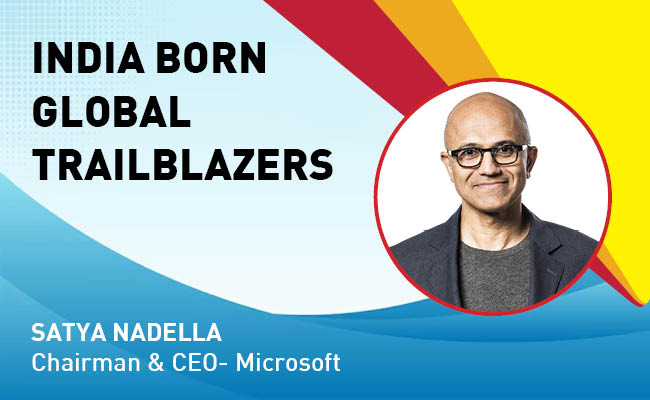
Indian Tech Talent Excelling The Tech World - Satya Nadella, Chairman & CEO- Microsoft
Satya Nadella, the Chairman and CEO of Microsoft, recently emphasized ...
 of images belongs to the respective copyright holders
of images belongs to the respective copyright holders